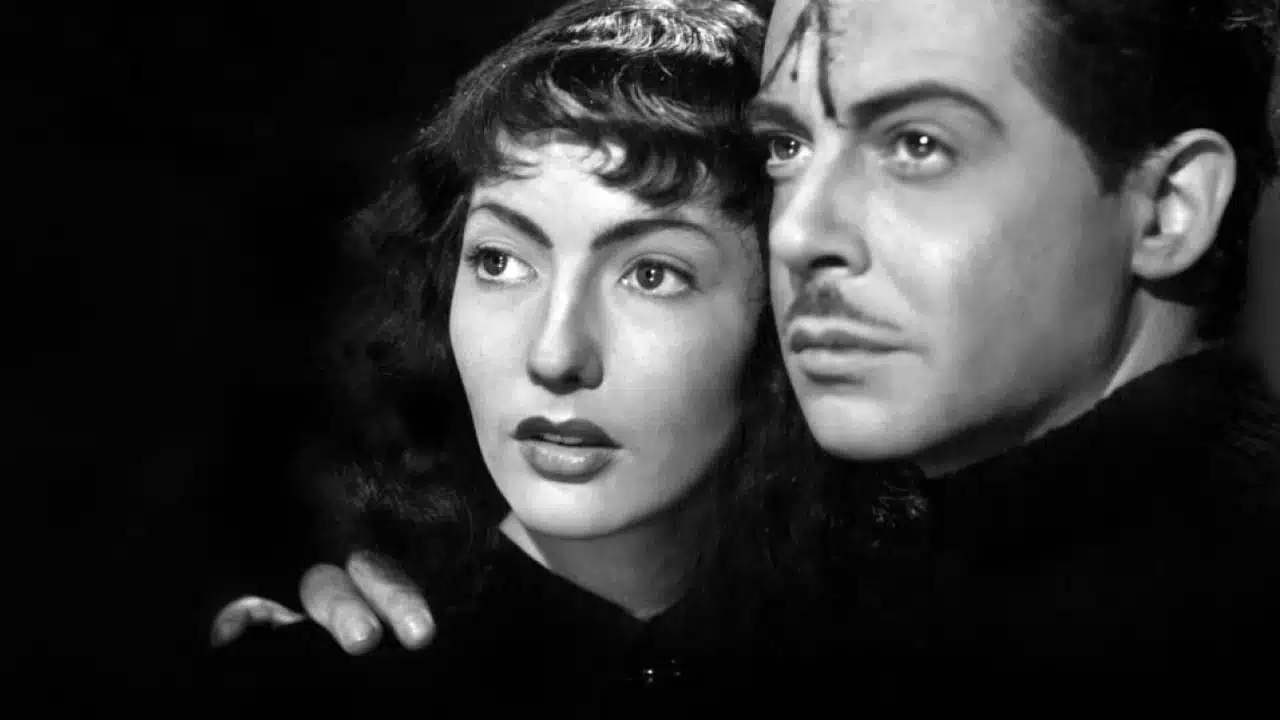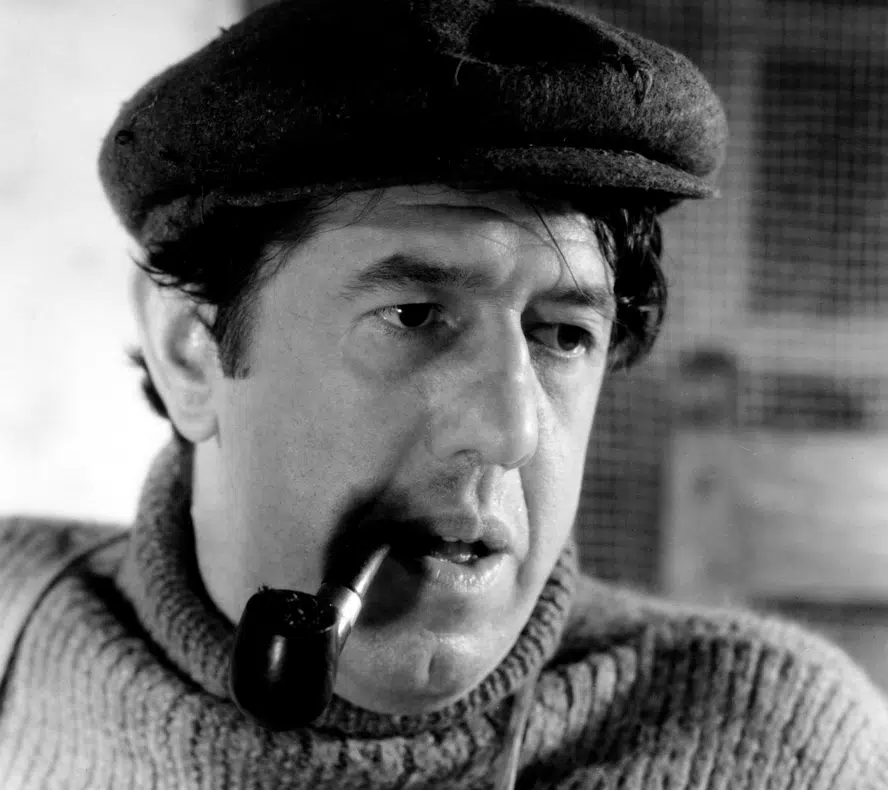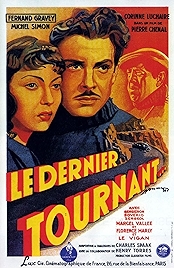Le Dernier Tournant (The Last Turning) was the first screen adaptation of James M Cain’s novel The Postman Always Rings Twice. The novel, a best-seller and a critical hit, was published in 1934 and Pierre Chenal got his hot, fast and lyrical interpretation of it into cinemas in 1939.
There have been many other versions since. Luchino Visconti made his directorial debut in 1943 with Ossessione, his unacknowledged adaptation of the story. And Michelangelo Antonioni made his directorial debut with Cronaca di un Amore (Story of a Love Affair), which lifted plot elements from Cain’s novel. Most famously there’s the 1946 Lana Turner and John Garfield version, which stuck with Cain’s title, and the less famous 1981 Jack Nicholson/Jessica Lange version, but it’s also been an opera, a radio play and a stage play. There’s a 1998 Hungarian film version, Szenvedély, co-written by Béla Tarr and directed by regular collaborator György Féher, and Jerichow, a 2008 German adaptation by Christian Petzold.
Since Chenal got first dibs, he is more able to stick like glue to Cain’s original story, which is what he does. The “Rings Twice” bit of Cain’s title refers to fate catching you on the second time around if it somehow missed you on its first pass by your door. Second goes, doubles, echoes, foreshadowings and back-reflections run all the way through this story of a drifter conspiring with the young, beautiful wife of a decent older duffer to murder her husband because she’s sick of him, regrets having married him for his money and wants to get out and have some fun. All the wrong reasons, in other words.
Fate plays with Frank and Cora as they work themselves up to the murder – offering them exit routes which they don’t take – and then it plays with them once the murder is done, painting them into a corner, springing them free and then returning again to serve them just deserts. Murder most foul must be atoned for, and it is.
Chenal sets it all in cosy but claustrophobic spaces, and has cast actors who are perfect for the roles. Michel Simon, a big bear of a man, plays Nick, the owner of the out-of-the-way garage/diner way too trusting to realise that the guy he’s just offered a job to has locked eyes with his much younger wife, and she with him, and that something dangerous is brewing. Fernand Gravey, as Frank, does not have the dangerous magnetism of a John Garfield, say, but his wiry frame does suggest “hobo” more than Garfield’s ever did, and his quick, watchful face suggests a lean cunning ideal for a guy who will, at one point, attempt to sell his lover down the river. Corinne Luchaire, nipples faintly visible through her clothes when she’s first introduced, is a sullen and wanton Cora, a woman driven first by lust and eventually by a foolish love for the guy she’s convinced to kill her husband.
It’s a dark and beautiful-looking film shot by Christian Matras, who worked with French masters of the lyrical image – Renoir, Ophüls, Cocteau, Franjus. Matras uses focus selectively, shallow for moments of high tension, deepish otherwise, and he slides the camera about seductively. Look at the moment just before Nick is killed and how the camera suddenly swings like a wraith in front of him, steadicam before it had been invented. Listen, also, to how Nick’s shout echoes back after he falls, his voice still alive even though he no longer is – a genius moment that sums up what the film is all about.
This film is hard to find and almost impossible to buy. You won’t find it on Amazon, not even French Amazon. Its looks are pretty fine in the example on archive.org. What would it look like restored? Why has it been so overlooked?
I am an Amazon affiliate
© Steve Morrissey 2023


